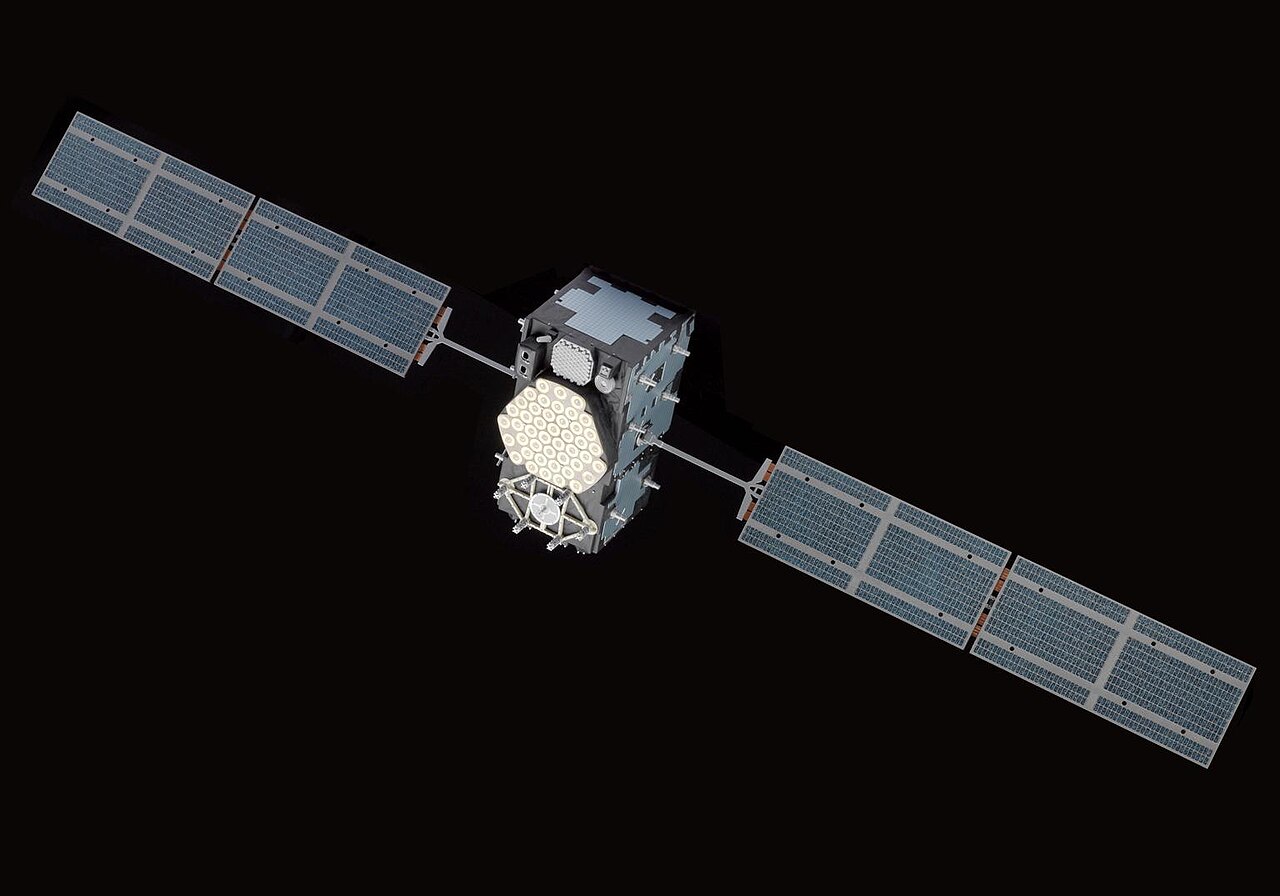Timing Suggests Possibility of Jellyfish Phenomenon

SpaceX is set to launch a pair of long-delayed navigation satellites tomorrow night (April 27) at 8:34PM from Pad 39A at KSC.
The satellites, FM25 and FM27, are being launched aboard a Falcon 9 booster as part of Europe’s MEO Galileo constellation. They will join 26 other satellites that began launching in 2011 to form part of a high-precision navigation system for the European Union.

Similar to the United States’ GPS, and the Russian GLONASS system, the EU intends to reduce Europe’s reliance on those systems. Either can be degraded at any time by their respective countries, which in turn could make the systems unsuitable for aviation or military purposes.
Like the other systems, Galileo will offer two levels of service: one for general navigation use by the public, which will be free, and a high-precision system which will operate on a subscription basis. The high precision tier will allow location pinpointing both horizontally and vertically within 1 meter or better.
Among the final few satellites of the $10 billion Galileo project, FM 25 and 27 were originally contracted to launch on Russian Soyuz rockets. That plan was scrapped in recent years due to geo-political considerations, and the satellites were then shifted to the ESA’s Ariane 6. That plan was scrapped due to delays, and Europe has now contracted with Space X for the launches.

With the Galileo navigation satellites set to launch at 8:34 PM and sunset at 7:55 PM, there is a decent chance of the launch producing a beautiful visual effect, known as a “Space Jellyfish”, which could be visible for hundreds of miles. Any delay in the launch will reduce the probability of the phenomenon, however, as the effect is most probable for launches within one-half hour of sunrise or sunset.
For the best places to view the launch in person, check out our viewing guide.



